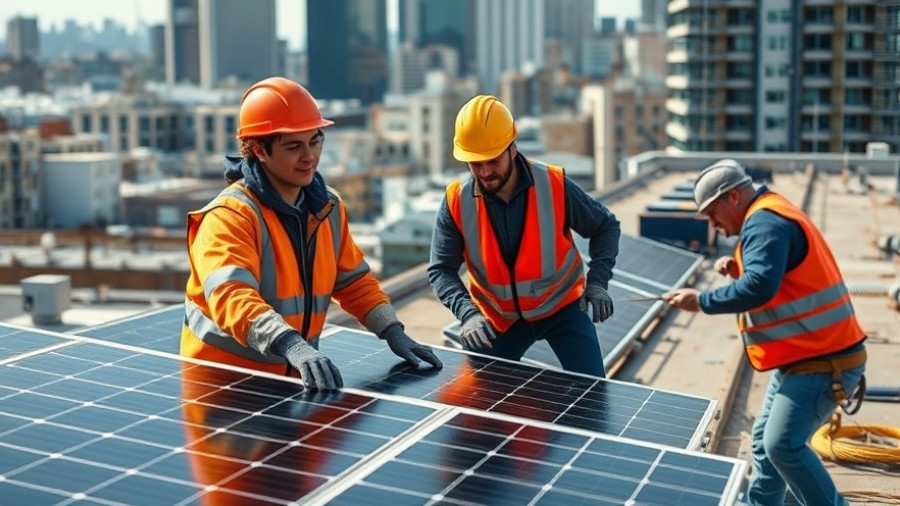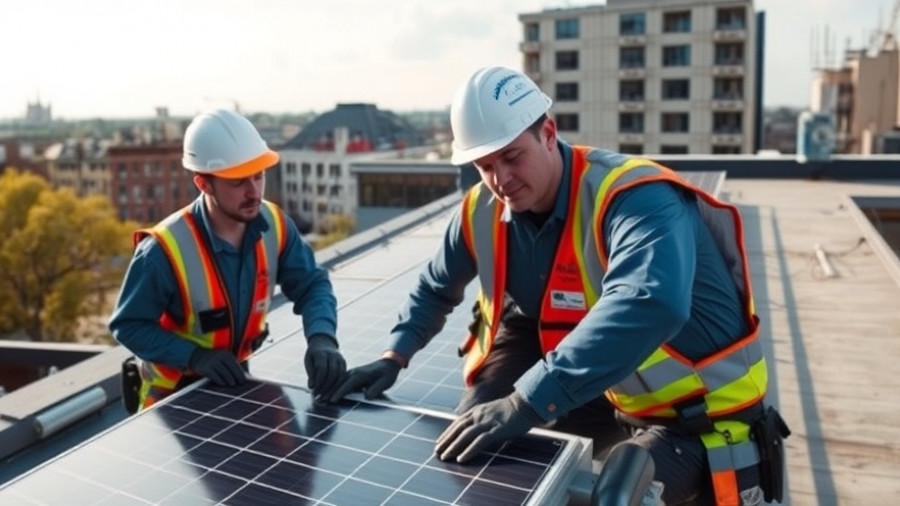
Understanding Net Congestion: A Challenge for the Energy Transition
As we navigate the complexities of transitioning to renewable energy, one pressing issue comes to the forefront: net congestion. This phenomenon, where the electricity grid cannot accommodate the growing demand from sustainable energy sources, poses significant challenges for both consumers and businesses. The question often arises: why are we experiencing net congestion at such a rapid pace?
The Netherlands serves as a crucial example of a country grappling with this issue. Its energy infrastructure, designed decades ago for centralized production, is now strained under the weight of decentralized energy generation from sources like solar panels and wind turbines. As more households and companies opt for sustainable energy, the grid struggles to handle the increased load, leading to areas where new connections cannot be supported.
The Role of Electrification in the Energy Landscape
Electrification plays a crucial part in the push towards a more sustainable future. By replacing fossil fuels with electricity in areas such as transportation and industry, we hope to significantly cut CO₂ emissions. However, as demand for electricity rises, we face the challenge of ensuring that our grid can keep up. Without the necessary upgrades and enhancements to infrastructure, the electrification process may stagnate, hindering the larger goals of the energy transition.
Renewable energy sources, although vital to reducing greenhouse gas emissions, often generate electricity when weather conditions align, creating fluctuations in supply that traditional grid systems struggle to accommodate. This inconsistency can lead to an inability to utilize lower-cost renewable energy when needed.
Innovative Solutions to Alleviate Net Congestion
Addressing the issue of net congestion requires innovative thinking and cooperative efforts from all stakeholders—governments, businesses, and consumers alike. Energy storage systems have emerged as a prominent solution, enabling us to store excess energy generated during off-peak times for use later when demand is higher. This not only helps balance the grid but also maximizes the utilization of available renewable resources.
Another approach is the establishment of local energy communities, which allow neighborhoods to better align energy production with consumption. By optimizing this dynamic, we can relieve some of the pressure from the main grid. Additionally, enhancing grid technology, such as implementing dynamic line ratings and voltage uprating, can increase the capacity of existing infrastructure without the need for extensive rebuilding.
Collaboration: The Key to a Sustainable Future
Net congestion is a collective dilemma, and tackling it demands unified cooperation. The Dutch government has initiated the National Grid Congestion Action Programme, which emphasizes faster grid expansions and smart grid usage. This proactive strategy offers a blueprint for other countries also facing similar challenges, encouraging a shared method of overcoming such bottlenecks.
As individuals, we too can contribute to alleviating this issue by adopting energy-efficient practices and supporting local green initiatives. Each effort counts towards a larger shift in how we approach energy usage and sustainability.
Future Implications of Grid Woes
To safeguard energy security and affordability, addressing grid congestion must be a priority. The implications of inaction are severe, including delays in housing projects and expansions of industrial capabilities that rely heavily on reliable electricity supply. The socio-economic ramifications could stymie efforts towards achieving climate objectives.
Countries across the globe must heed the lessons learned from the Netherlands and implement strategic policies aimed at enhancing grid capabilities. This may involve investing in infrastructure, incentivizing renewable energy integration, and ensuring that economic models evolve in tandem with energy grid advancements.
Your Role in the Energy Transition
Staying informed and actively participating in discussions surrounding the energy transition will not only empower you as an individual but can also foster community resilience. Beyond personal actions, consider advocating for local energy solutions or supporting policies aimed at improving grid infrastructure.
The energy transition is not merely a technological change; it encompasses a collective journey towards sustainability. By understanding the challenges posed by net congestion, we can all play an integral role in paving the way for a cleaner, more efficient energy future.
 Rij toevoegen
Rij toevoegen






Write A Comment